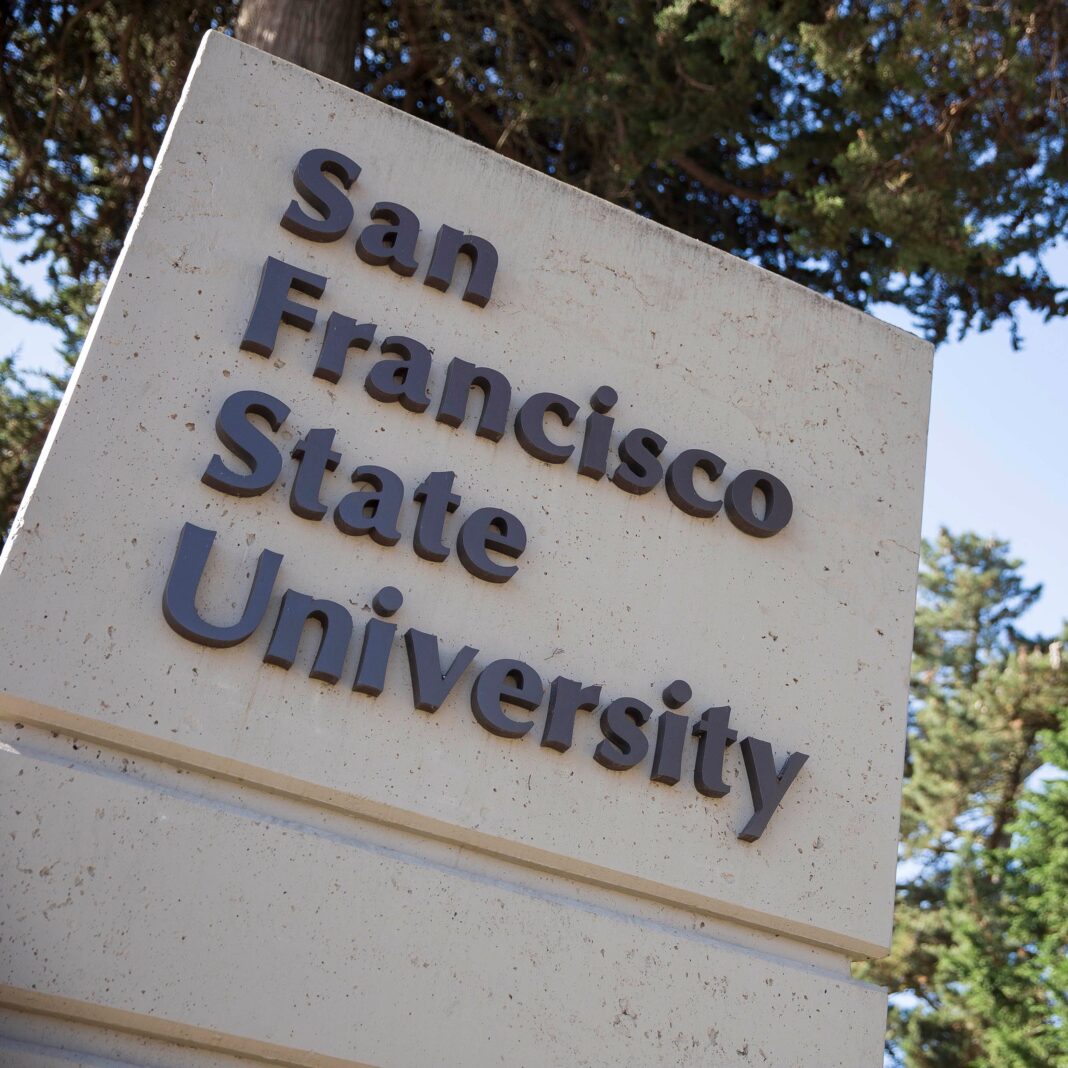CALIFORNIA— The California State University (CSU) announced that it will continue its instruction with a mainly virtual approach in spring 2021, according to a letter sent by Chancellor Timothy P. White on September 10.
In the letter sent to faculty, staff and students, the chancellor said that campuses across the state would remain with reduced populations for the remainder of the academic year. There will be about 350 students with special housing needs living on campus and about 99 percent of classes will be taught virtually. According to White, currently less than seven percent of CSU in-person classes that were delivered in fall 2019 are being offered with that method of teaching.
The chancellor explained the reasoning behind the decision of continuing with a primarily online instruction for the remainder of the academic year in the letter. First, CSU needs authorization from their accrediting body to offer virtual classes that involve distance-learning technology, and they need to meet this requirement by September and October of this year. The authorization had been waived for fall 2020 but it expires by the end of the year.
White also talked about the need of finalizing academic plans, such as course inventories, for the spring semester soon, thus deciding on the method of instruction was important.
Finally, the chancellor explained that the decision was also made taking into account that COVID-19 continues to spread and it is likely that a vaccine will not be widely available soon. He said that testing infrastructure in California is still a work in progress and not effective enough yet to help mitigate the spread of the virus. He added that upcoming seasonal days, such as Halloween, and the recent fires in California may cause more gatherings among people, potentiating spikes in coronavirus cases.
“The combination of these compelling administrative factors – the need to publicize course offerings and enroll students now, and the required authorization process with our accrediting body – together with the state of COVID-19 prevalence, the absence of a vaccine, and an insufficient testing and contact-tracing infrastructure, lead us to the regrettable but necessary decision that the academic term that begins in January 2021 will be primarily virtual, similar to that of fall 2020,” White said in the letter.
He also explained that plans remain flexible and that the amount of in-person classes could increase or decrease depending on the situation of each campus.
Officials from the San Francisco State University referred to the announcement in their webpage.
“San Francisco State University is committed to delivering a comprehensive educational experience and support services and activities to all our students, regardless of the mode of instruction. More information and planning details will be shared as they become available,” their statement said.
In May, CSU announced instruction would be primarily remote in the fall semester, with an exception of activities that cannot be delivered virtually and that are necessary for their core mission. According to White, this allowed student and their families to plan their semester more effectively, which was another factor taken into account for the decision.
Joshua Ochoa, student and vice president of external affairs of the board of directors of Associated Students at SF State University, told the San Francisco News that he was not surprised by the announcement.
“The decision from Chancellor White isn’t a surprise, but it’s definitely unfortunate news for all of us students who are very eager and excited to get back to campus and return to normalcy,” Ochoa said. “On the other hand, it’s the best decision for all of us in order to keep our campus community healthy and safe, as well as to do our part in preventing the spread of COVID-19.”
Regarding the effectiveness of remote instruction, he said that students and faculty have adapted to it but that some still have issues with things such as access to internet.
“While we have adapted, I believe there needs to be more of an emphasis on providing equitable on-campus spaces for students to have access to high-speed internet, as well as increasing our basic needs resources for students both near their home campuses and those who’ve moved back home to other CSU campuses,” Ochoa stated.
He added that he believes that if student governments, campus administration and other groups within the CSU campuses collaborate, they can address these issues.





